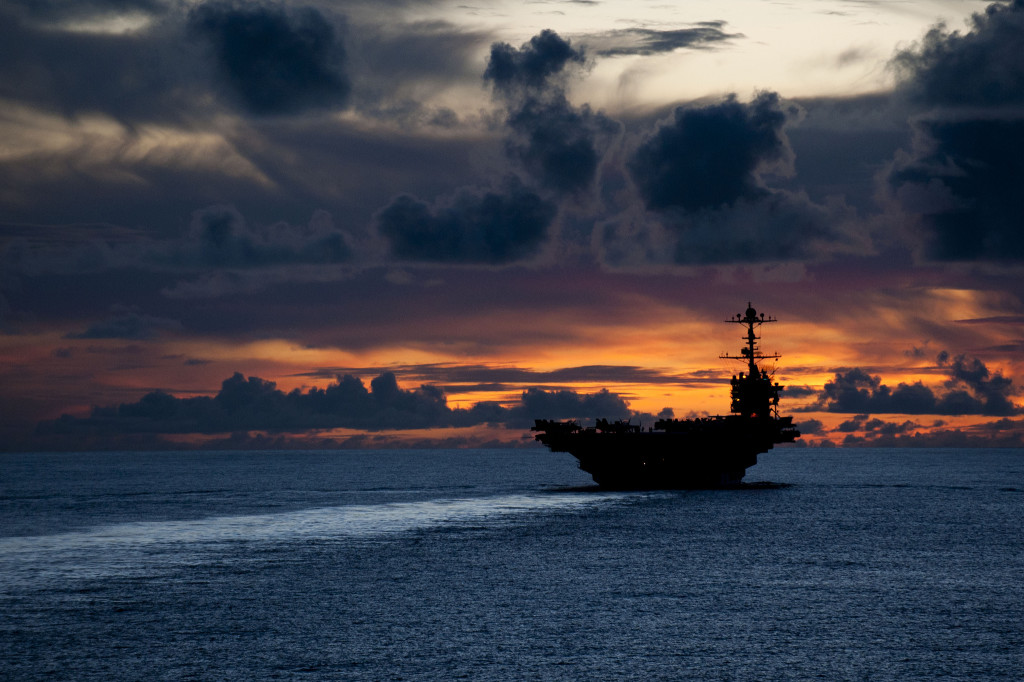Maritime Security in the 19th Century and Today

The Asia Maritime Transparency Initiative (AMTI) at CSIS asked a number of us maritime thinkers to take a look at the Department of Defense’s new Asia-Pacific Maritime Security Strategy over the weekend. As you can see, War on the Rocks contributors were pretty strongly represented. The strategy was produced at the request of Congress via last year’s National Defense Authorization Act (NDAA). A number of elements were required, per the law, and the document does a pretty good job of fulfilling those requirements. The commentary was focused, much like the Congressional requirements, on the interactions between nations in the region. However, as I said in my short piece, the bounds of the assignment made by the NDAA may have been too narrow. While at AMTI we focused on the nation-state level, there’s another element to maritime security which we admittedly failed to illuminate.
American military engagement in the Asia-Pacific began in 1800 when Capt. Edward Preble sailed the frigate Essex to the South China Sea to protect American citizens and trade. His orders included keeping an eye out for French warships, which threatened American shipping during the Quasi-War with France, but also to be wary of the sub-state threat from pirates, privateers, and the hazards of the sea. During the years before the Civil War, Americans deployed naval forces to the region near continuously, first forming the Pacific Squadron and then the East India Squadron with regular rotations of forces. Just as with Preble, these naval forces focused not only on the interactions between the nation-states in the region, but also on the security of maritime trade, the safety of mariners, and the challenges posed by non-state actors. This included repeated operations against pirates and threats to American interests. During the Civil War, the Pacific Squadron was the only deployed force that was not immediately recalled for the war again the Confederacy. Over the course of 200 years in the region, the United States operated with a wide-ranging definition of maritime security. It is more than just the friction between nation-states, which is clearly the focus of today’s Congressional requirement for this new strategy.
Today, we struggle with the idea that “constabulary operations,” as the British have long called them, are a genuine mission of our naval forces. It sounds a lot like that other bugaboo, “nation-building,” but that’s the wrong way to look at it. Maritime security and safety at sea includes addressing growing amounts of piracy in Asia-Pacific waters, regional terror threats, and expansive maritime criminal networks and lawlessness at sea. Security and safety on the world’s oceans, in peace as much as in conflict, are an important part of today’s global economic system. The same methods used to combat these non-state challenges can be vital to countering the hybrid approaches that some Asia-Pacific nations are adopting. As I stated at AMTI, the new strategy may be too narrow at the grand strategy end of the scale. But it also may be too narrow at the other end of the spectrum, in how it limits discussion of the sub-state challenges of archipelagic Asia. If American national interests are lashed up with the smooth functioning of the global economic system, as claimed in the strategy’s introduction, then our strategic thinking on maritime security needs to expand to explicitly include the broader ideals of our forefathers.
BJ Armstrong is a naval officer and a researcher with the Laughton Naval History Unit in the Department of War Studies, King’s College, London. He is editor of the 21st Century Foundations series from the Naval Institute Press, which includes his book 21st Century Sims: Innovation, Education, and Leadership for the Modern Era. The opinions expressed are provided in his personal and academic capacity.
Photo credit: Official U.S. Navy Imagery

